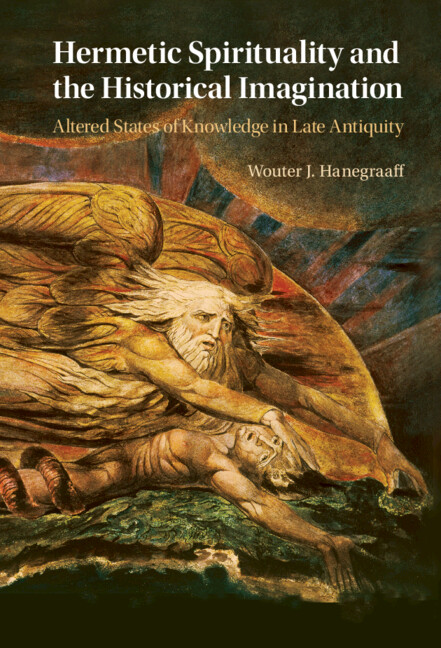Veiling in the Late Antique World
Veiling meant many things to the ancients. On women, veils could signify virtue, beauty, piety, self-control, and status. On men, covering the head could signify piety or an emotion such as grief. Late Roman mosaics show people covering their hands with veils when receiving or giving something precious. They covered their altars, doorways, shrines, and temples; and many covered their heads when sacrificing to their gods. Early Christian intellectuals such as Origen and Gregory of Nyssa used these everyday practices of veiling to interpret sacred texts. These writers understood the divine as veiled, and the notion of a veiled spiritual truth informed their interpretation of the bible. Veiling in the Late Antique World provides the first assessment of textual and material evidence for veiling in the late antique Mediterranean world. Susannah Drake here explores the relation between the social history of the veil and the intellectual history of the concept of truth as veiled/revealed.
- Examines the textual evidence for women and men's veiling in Classical antiquity and the late antique Mediterranean and near East, including writings from Greek and Roman moralists, early Jewish writers, Paul, Tertullian, Origen, and Gregory of Nyssa on women's veils, veiling, and other performances of modesty and piety
- Examines the visual/material evidence for veiling in antiquity and late antique Mediterranean, including images of veils, veiled people, and other textiles from catacombs, mosaics, sarcophagi, and portrait statues
- Provides close analysis of Origen of Alexandria and Gregory of Nyssa's theories of biblical interpretation and their use of veil imagery in their allegorical exegesis
Product details
November 2025Hardback
9781009673488
325 pages
254 × 177 mm
0.5kg
Not yet published - available from November 2025
Table of Contents
- Introduction: veils and revelations
- 1. Veiling in the ancient Mediterranean
- 2. Veils in Corinth: Paul's first letter to the Corinthians
- 3. Women's veiling practices in late antiquity
- 4. Draping the sacred: veils in late ancient ritual, art, and architecture
- 5. Origen's veils: the askēsis of interpretation
- 6. Gregory's veils: Gregory of Nyssa's homilies on the song of songs
- Epilogue: Derrida's tallith.






